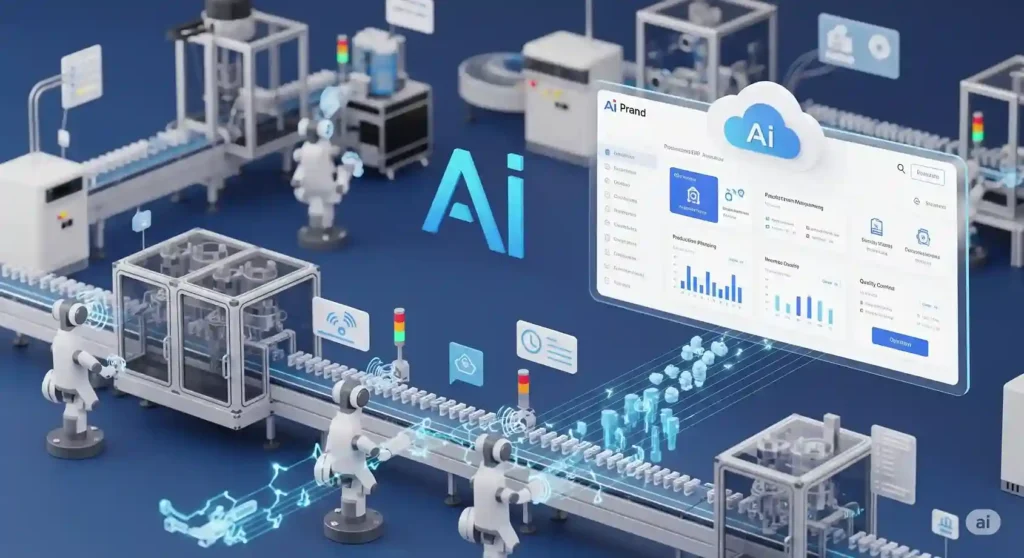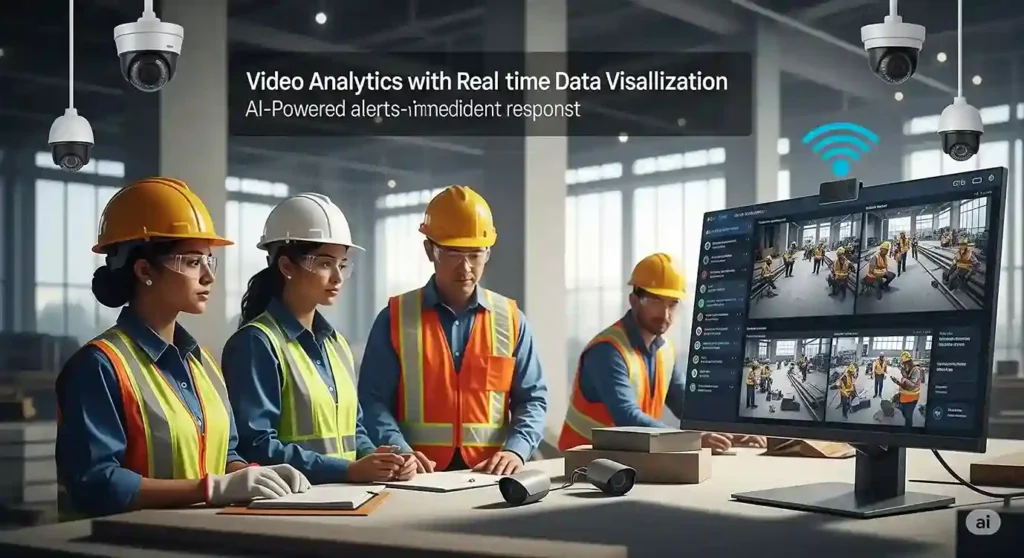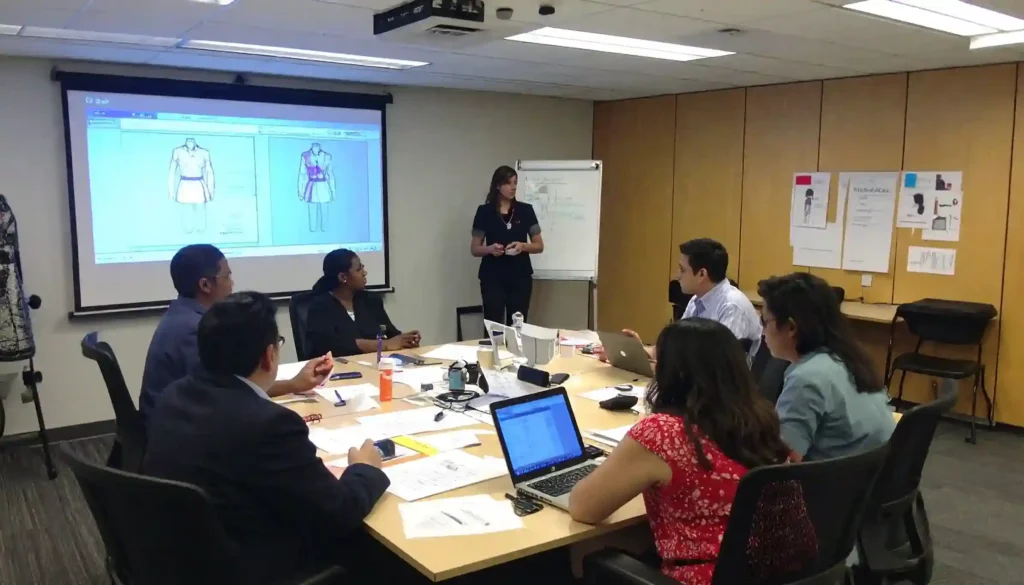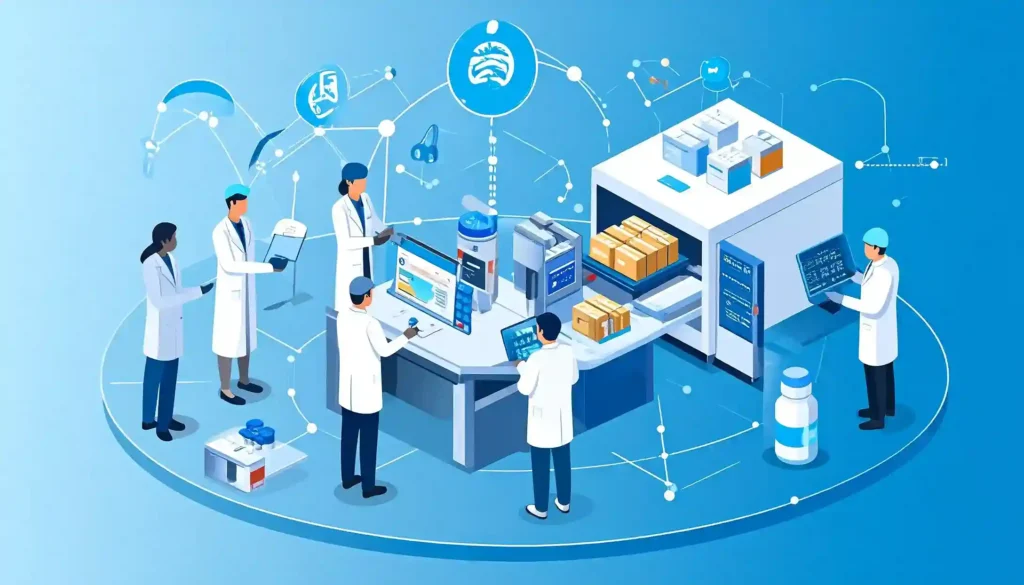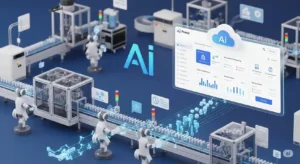Delight Customers, Even in a Rush—Streamlined Queues with LS Central POS
Introduction Long queues are one of the biggest turn-offs for customers in retail. Nobody enjoys standing in line, especially when time is tight or options are plenty. Businesses that fail to address this pain point risk losing both sales and loyalty. That’s where LS Central POS steps in. It transforms the entire checkout process by speeding up transactions and eliminating bottlenecks. Whether you’re a retailer, grocer, or restaurateur, this system ensures your customers leave satisfied—even during peak hours. What is LS Central POS? An Overview of LS Central LS Central is a unified retail management system built on Microsoft Dynamics 365 Business Central. It integrates your Point of Sale, ERP, inventory, and customer data into one powerful platform. This means no more switching between multiple tools or systems. It’s designed to streamline business operations and improve customer service across industries like retail, hospitality, and restaurants. With LS Central, businesses gain real-time visibility and control over their entire operations. Built for Speed, Service, and Simplicity LS Central’s interface is designed with user-friendliness in mind. Employees can learn the system quickly, reducing training time significantly. More importantly, the system allows for faster checkouts, smoother inventory tracking, and better customer experiences. Its speed and simplicity empower businesses to operate efficiently, even when dealing with high customer volumes. The Customer Experience Challenge Time is Money—Especially in Retail Today’s consumers expect instant gratification. Long wait times can lead to abandoned purchases and lost revenue. A streamlined checkout process has become a competitive advantage for modern retailers. With LS Central POS, you can serve customers more quickly, minimizing frustration and boosting satisfaction. Fast service builds trust and sets the tone for repeat business. How Long Queues Hurt Brands Customers form perceptions quickly, and a long wait can leave a lasting negative impression. Brands that fail to address this often suffer from poor reviews, low retention, and decreased foot traffic. Streamlining the queue doesn’t just enhance customer satisfaction—it also protects your brand reputation and bottom line. LS Central’s Queue-Busting Features Unified Commerce at the Core LS Central seamlessly integrates all aspects of your operations, including POS, inventory, loyalty programs, and ERP. This integration ensures data flows in real time across departments, avoiding delays and reducing manual errors. Unified commerce allows your staff to assist customers faster, check stock instantly, and process orders without hiccups—all of which contribute to shorter queues. Mobile POS: Serve Anywhere, Instantly Mobile POS devices running LS Central enable staff to assist customers from anywhere on the shop floor. Whether it’s line-busting at the checkout or upselling in the aisles, this flexibility keeps traffic moving. It’s perfect for pop-up stores, in-store events, or handling unexpected surges in foot traffic during sales or festivals. Self-Checkout Kiosks for Independence LS Central also supports self-service kiosks, allowing customers to scan, pay, and go—no cashier needed. This reduces wait times and appeals to tech-savvy shoppers who value independence and speed. Retailers can also reallocate staff to other tasks, improving productivity without sacrificing service quality. Real-Time Inventory Visibility Knowing what’s in stock without checking the backroom is a game-changer. LS Central shows live inventory across all locations and warehouses. Staff can quickly answer customer inquiries and process purchases without delays—keeping the checkout line moving smoothly. Integrating LS Central with Your Ecosystem Works with Microsoft Dynamics 365 LS Central is natively integrated with Microsoft Dynamics 365 Business Central, ensuring a smooth flow of data between frontend and backend systems. This simplifies operations, ensures accurate reporting, and enhances strategic decision-making across the organization. Seamless Backend and Frontend Sync From pricing updates to stock levels, everything updates in real-time. Staff always have the latest information, and customers experience consistent service across online and offline channels. The result is better inventory planning, fewer errors, and faster customer service. Staff Empowerment Through Smart LS Central POS Faster Training Time LS Central’s intuitive interface means employees can be trained quickly, even without prior POS experience. This is especially helpful during seasonal hiring. New staff can contribute to queue management almost immediately, reducing stress on experienced workers. Upselling and Cross-Selling Made Easy Staff can access customer preferences, purchase history, and related product suggestions right at the POS. This data empowers them to personalize recommendations, drive sales, and enhance customer satisfaction. Customer Retention with Shorter Wait Times Loyalty Programs and Personalized Offers LS Central makes it easy to run personalized offers and loyalty programs directly from the POS. Shoppers feel recognized and rewarded, which encourages repeat visits. A short wait combined with a thoughtful offer leaves a strong, positive impression. How Quick Service Builds Repeat Business When customers consistently receive fast and pleasant service, they’re more likely to return. LS Central helps brands deliver that consistently. Short queues become a feature, not a fluke—something shoppers look forward to. Data-Driven Insights for Better Queue Planning Predict Peak Hours LS Central provides advanced analytics to identify shopping patterns, peak hours, and slow periods. This allows managers to prepare in advance. Whether it’s extra staffing or mobile POS deployment, the system helps reduce wait times before they become a problem. Optimize Staffing Levels Data from LS Central helps businesses allocate staff based on demand, not guesswork. This reduces labor costs while improving customer service. Optimal staffing ensures no customer is left waiting unnecessarily. Scalability and Flexibility of LS Central From One Store to Hundreds Whether you run a boutique or a chain of 500 stores, LS Central is built to scale. It grows with your business without needing a system overhaul. This scalability ensures you always meet customer expectations, no matter how much your footfall increases. Cloud-Based or On-Premises Deployment LS Central Pos gives you deployment flexibility. Choose cloud for lower upfront costs and remote access, or on-premise for greater control and compliance. This adaptability ensures your queue management evolves with your tech infrastructure. Why Retailers Choose LS Central POS Return on Investment (ROI) Retailers report rapid ROI due to faster checkouts, reduced staffing costs, and improved customer retention. LS Central Pos pays for itself by increasing efficiency. Less
Delight Customers, Even in a Rush—Streamlined Queues with LS Central POS Read More »


